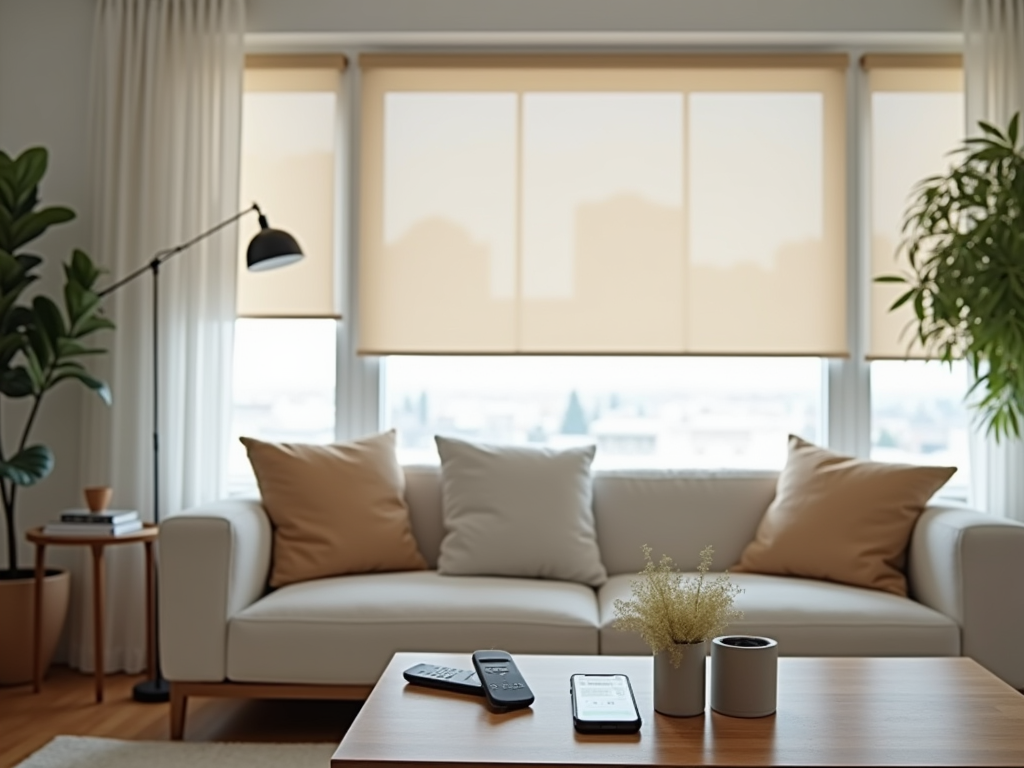
The current spotlight on window blinds highlights a mix of practicality, sustainability, and sophisticated design. Motorized blinds dominate smart home setups, eco-friendly options like bamboo and recycled plastic gain traction, and neutral tones seamlessly complement contemporary interiors. Sleek cordless blinds enhance safety, sheer and light-filtering varieties embrace minimalist tastes, and layered styles with blinds and curtains deliver flexibility and a touch of elegance.
Key Takeaways
- Motorized blinds, integrated with smart home systems, offer effortless operation, energy savings, and added security.
- Sustainable choices such as bamboo, recycled plastic, and organic cotton are becoming preferred for their environmental and health advantages.
- Neutral shades like white, gray, and beige remain popular for their ability to harmonize with a variety of interior décors.
- Cordless blinds improve safety, making them a priority in homes with children or pets.
- Layered treatments that combine blinds and curtains enhance style, functionality, and adaptability in any space.
Motorized Blinds: The Smart Choice for Modern Homes
Motorized blinds, especially those integrated with smart home systems, are dominating trends for a reason. Their convenience is unbeatable. I can manage them through various methods like voice commands, an app on my phone, or even a remote control. Whether I’m across the room or away on vacation, adjusting the blinds feels effortless.
What sets these apart is how seamlessly they fit into a tech-driven lifestyle. I can program schedules that not only make life easier but also save energy. For instance, setting the blinds to close during peak sunlight hours keeps indoor spaces cooler, cutting down on air conditioning costs. This feature doesn’t just help my wallet—it contributes to an eco-friendly home as well.
They even enhance security. I’m always impressed by how automated schedules create the illusion of someone being at home when I’m gone, reducing the risk of break-ins. Given that the global smart home market is projected to hit $622.59 billion by 2028, it’s clear that technologies like these aren’t just trends—they’re becoming essentials.
Motorized blinds come in a variety of styles and finishes, so they’re easy to match to any décor. For inspirations on what’s out there, I found articles like What are the latest window blinds types useful when sprucing up my home. Smart blinds truly fit function and flair into any space!
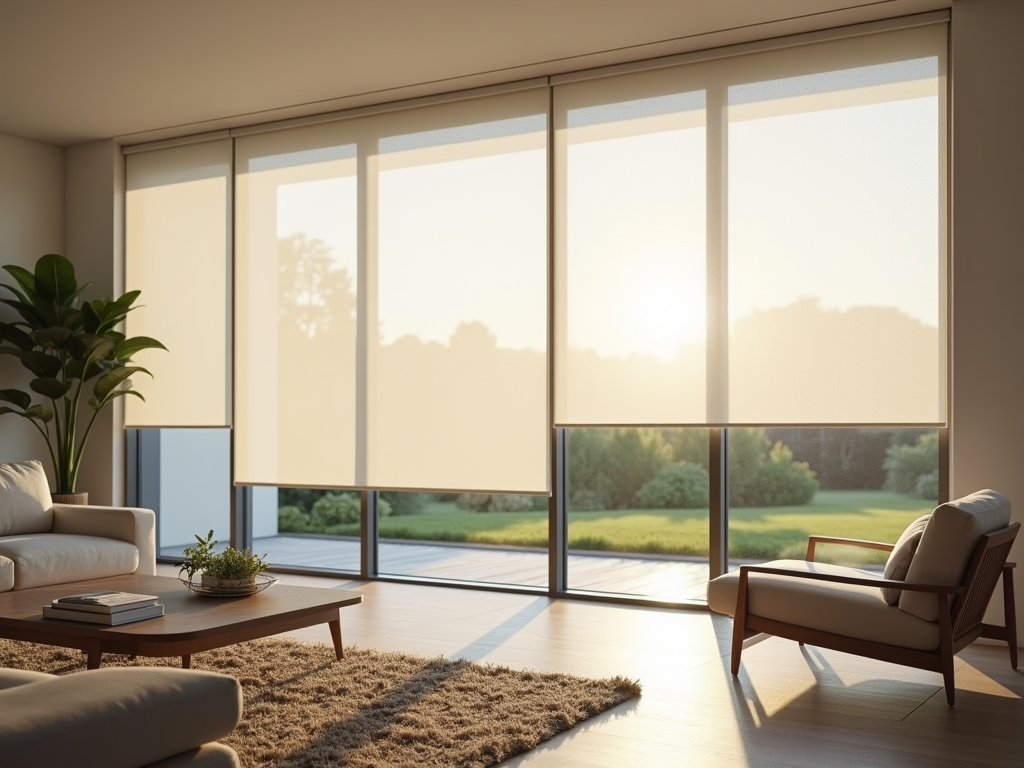
Eco-Conscious Window Blinds: A Rising Trend
Sustainable materials are changing how I think about blinds. Bamboo, recycled plastic, and organic cotton are becoming go-to choices for anyone wanting an eco-friendly home. Their charm isn’t just about aesthetics—it’s about sustainability and health. These materials are natural or repurposed, which means they reduce waste and cut down on the toxins released during production.
Bamboo blinds stand out because they’re fast-growing, renewable, and compostable. Recycled plastic options take waste that could’ve ended up in landfills and transform it into something functional. For a softer look, I like organic cotton, which is free from harsh chemicals and supports healthier farming practices.
Using blinds made from these materials has some surprising benefits. First, they’re typically free of VOCs (volatile organic compounds). VOCs are harmful chemicals that can evaporate into the air and affect indoor air quality. By eliminating them, these blinds help create a fresher and safer space, especially for families or those sensitive to allergies.
It’s also worth looking into new styles that incorporate eco-conscious approaches. If you’re curious, you can explore some of the latest types of window blinds to blend sustainability with style. Making a small change like this allows me to align with greener choices while keeping my home looking sleek and modern.
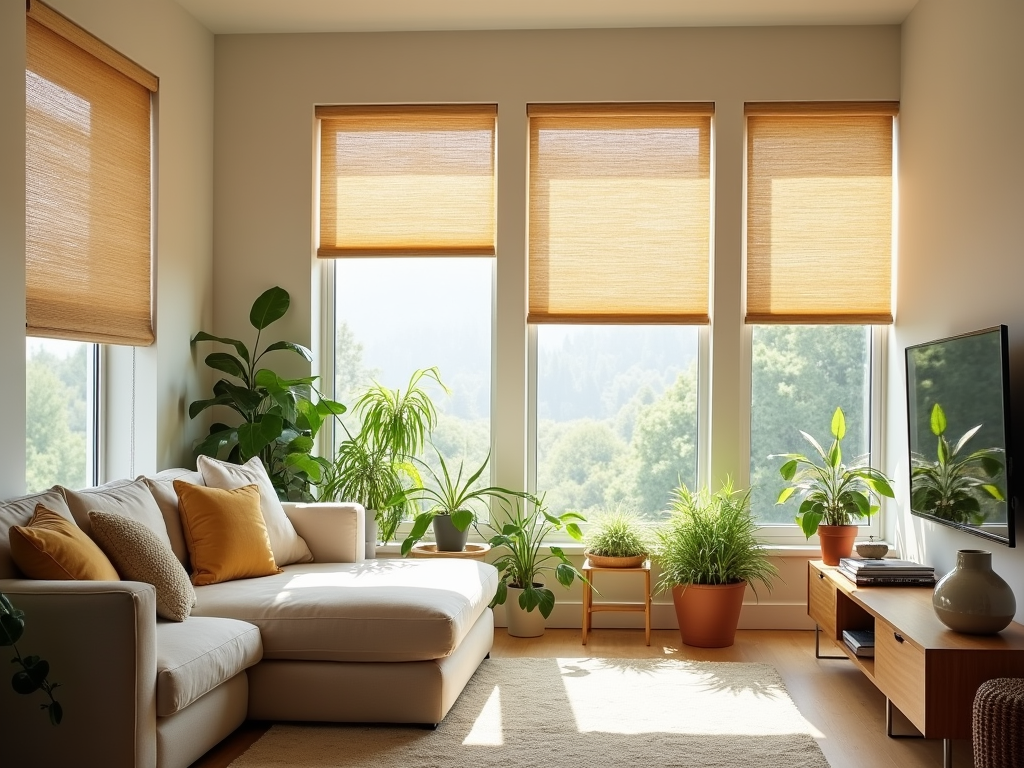
Neutral and Minimalist Tones in Window Blinds
Neutral colors like white, gray, beige, and cream are leading the trend in window blinds right now. They create this understated elegance that pairs effortlessly with pretty much any interior style. Think about sleek white roller blinds for a Scandinavian-inspired room—they add brightness while letting those clean lines and natural elements shine.
Gray and beige, on the other hand, bring softness and warmth. I’ve seen pleated blinds in ash gray work wonders in modern spaces, giving them depth without overpowering the design. Even cream-colored Roman blinds can subtly elevate a space with their soft color tones, perfect if you’re chasing something refined.
These tones fit seamlessly into minimalistic and modern aesthetics, where simplicity is key. If you’re figuring out how to balance simplicity with functionality, I’d recommend checking out some insights on the latest window blinds types.
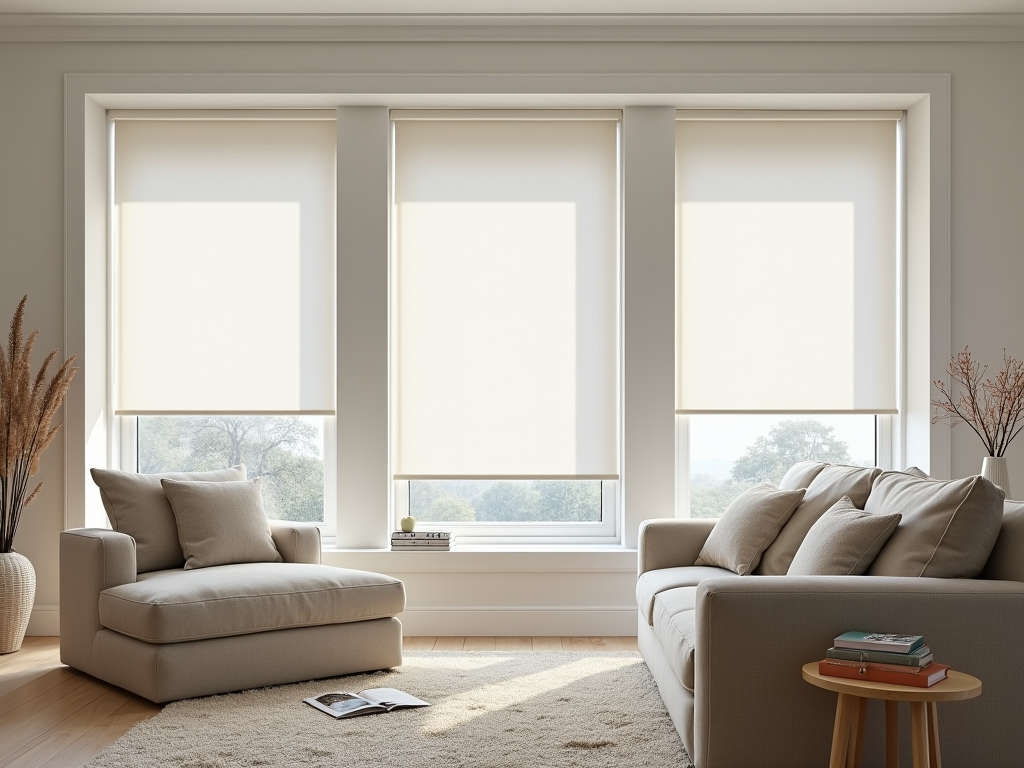
Cordless Blinds: A Must-Have for Child Safety
Cordless blinds are redefining household safety. They’re no longer just an upgrade but an essential choice for families. With studies showing that one child dies each month from incidents related to corded window coverings, updated regulations strongly discourage—or outright ban—the use of traditional corded designs. This shift reflects both safety concerns and a growing expectation for convenience.
Cordless blinds effectively tackle this hazard. By eliminating cords, they remove the risk of strangulation while also offering smoother functionality. You can usually adjust these with a simple tug or lift, which makes them not only safer but easier to operate. If you’re unsure about switching, you’ll find plenty of information on why cordless solutions make sense in articles like this one on choosing window blinds for your home. Whether improving child safety or enhancing everyday use, cordless blinds are a game-changer.
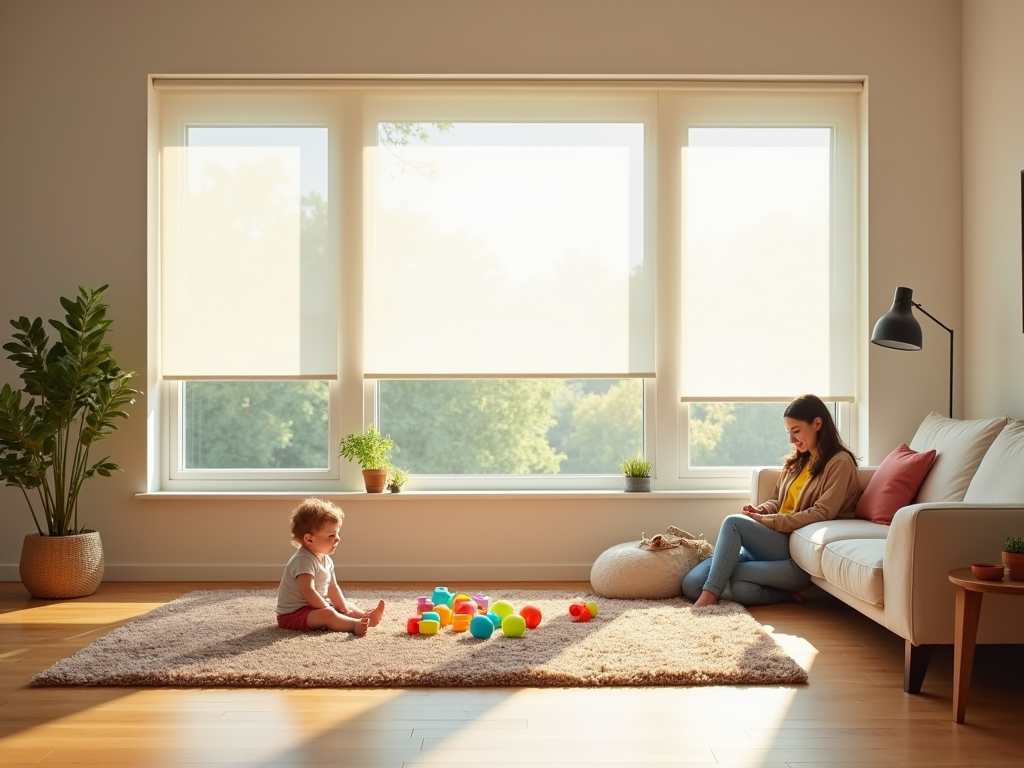
Blending Blinds with Curtains for Style and Function
I’ve noticed more and more people layering blinds with curtains to create a versatile and polished look. It’s smart because you’re not just enhancing the aesthetic appeal, but also boosting light control and privacy. The combinations can completely transform how a room feels.
One popular pairing is sheer curtains over roller blinds. This is ideal if you want to filter in soft, natural light while maintaining privacy. I recommend using neutral tones for the roller blinds to keep the look cohesive, with lightweight sheers in a complementary or slightly contrasting color. You’ll get a bright, airy feel that works beautifully in living rooms or bedrooms.
For those looking to block out light completely, blackout curtains over cellular shades are a favorite choice. Cellular shades already insulate well, helping with temperature control, and blackout curtains enhance that while giving you a fully darkened space. This pairing is perfect for bedrooms or home theaters where controlling light is key.
When layering, I suggest using dual curtain rods or adjustable tracks to allow each element to function independently. Don’t forget to pay attention to scale. Wider windows might benefit from layering techniques best outlined in this guide on choosing treatments for large windows.
Layering gives you the freedom to play with textures, colors, and functionality. It’s a trend that combines practicality with elegance, offering endless ways to elevate a room’s style.

Embracing Sheer Blinds, Solar Shades, and Light-Filtering Options
I’ve noticed sheer blinds and solar shades gaining attention for how they let sunlight spill through without turning your home into a greenhouse. These options soften the light, creating a calm glow while keeping UV rays and furniture damage at bay. Solar shades are fantastic if you’re focused on energy efficiency, as they help maintain a steady indoor temperature without completely blocking the view.
Light-filtering treatments strike a balance too. They’re perfect for adding brightness without glare, making them ideal for spaces like living rooms or kitchens where natural light is key. This ties into the growing interest in daylighting—a concept in sustainable design that uses sunlight, rather than artificial light, to brighten interiors. If you’re curious about more styles like these, you might explore some of the latest window blinds types shaping today’s design trends.
Sources:
Fortune Business Insights – “Smart Home Market Industry Report”
U.S. Consumer Product Safety Commission – “Window Covering Safety”
